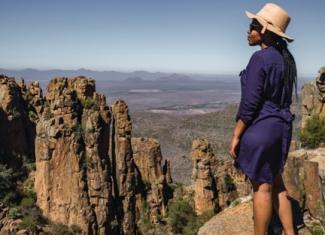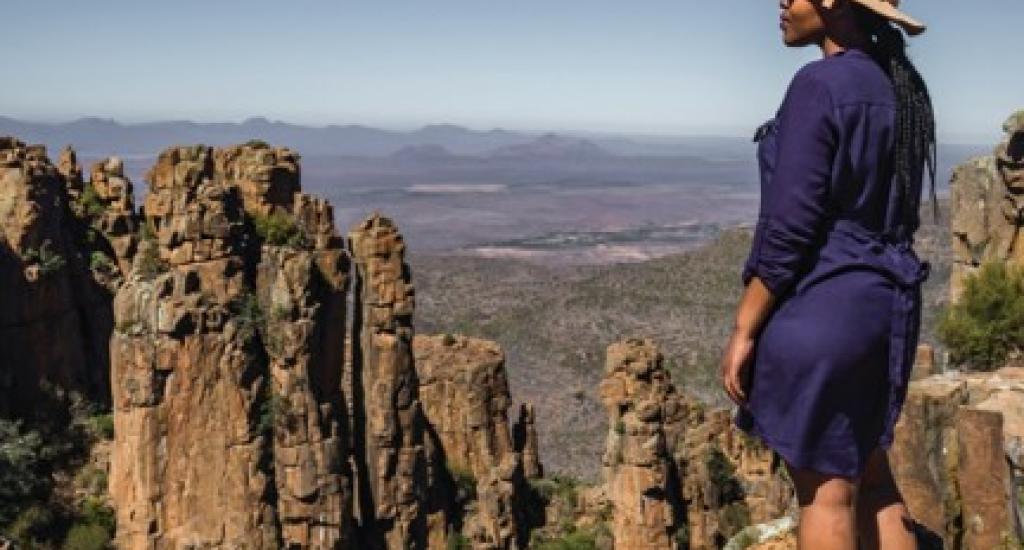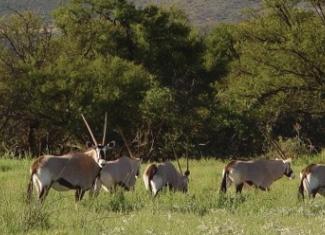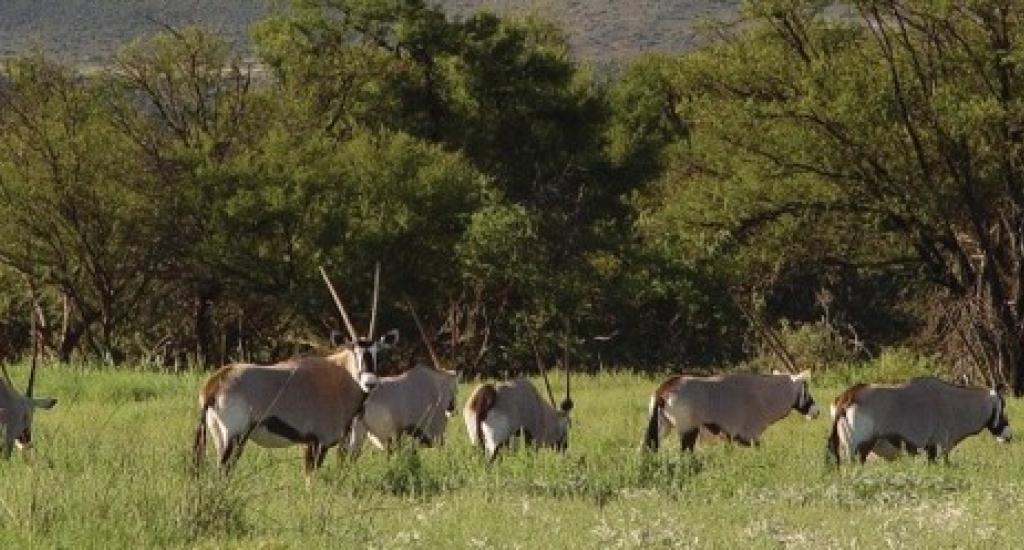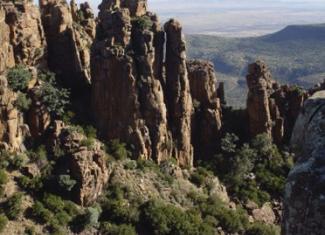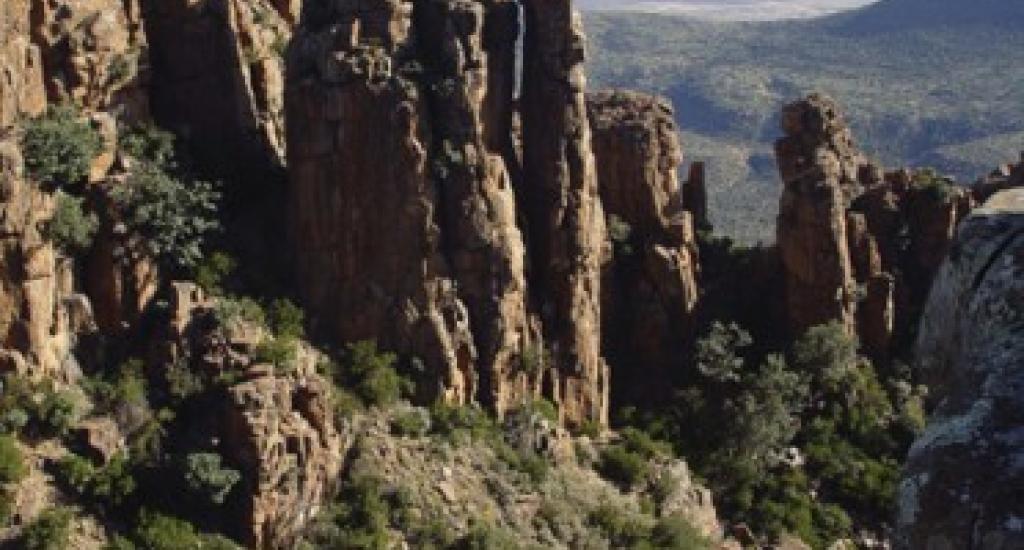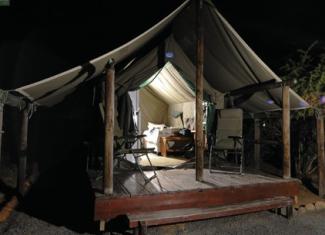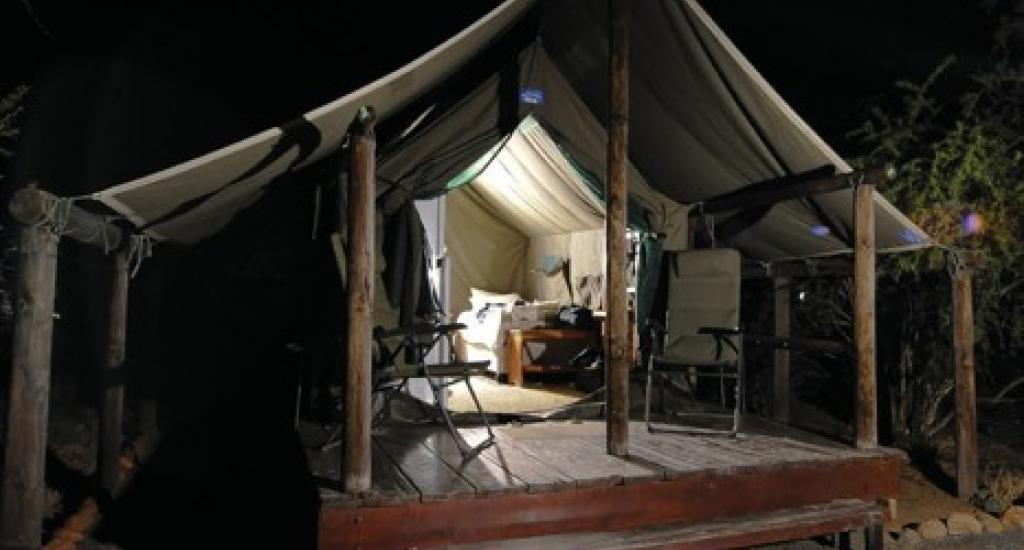Visit Camdeboo National Park in the Eastern Cape
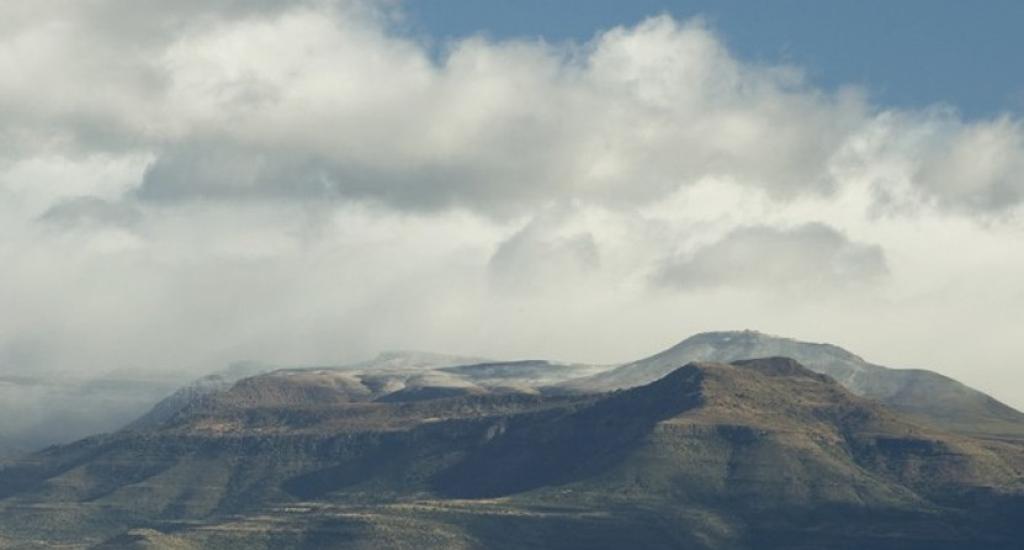
Uniquely positioned in the heart of the Karoo, Camdeboo National Park virtually surrounds the quaint and historic town of Graaff-Reinet in the Eastern Cape.
The park’s most famous attraction, the Valley of Des- olation, features towering dolerite cliffs and spectacular panoramic views over the vast plains below – an unforgettable sight, especially at sunrise or sunset.
Camdeboo is home to a variety of wildlife, including buffalo, kudu, springbok, and mountain zebra, as well as an array of bird species, making it a paradise for nature lovers and photographers alike. The park’s semi-arid terrain is dotted with unique Karoo vegetation, adding to its rugged beauty.
Outdoor enthusiasts can explore scenic 4×4 routes, hiking trails, and picnic spots, while those seeking tranquility can simply soak in the peaceful solitude of the Karoo.
Climate
Camdeboo National Park is located in a summer rainfall, semi-desert area. Summers are very hot and winters can be very cold.
During the summer months, visitors are advised to confine their activities to early mornings and late afternoons. Most of the average rainfall of 336mm per annum occurs in summer and autumn, with a peak in March.
Thunderstorms and high temperatures are common during the summer months while snow- falls can occur in the high-lying areas in winter.
Significant cultural heritage features include:
- Rock Paintings.
- Gideon Scheepers Monument.
- Andries Pretorius Monument.
- Valley of Desolation.
- Wall of the Nqweba Dam.
- Cupule boulder.
- Isivivane.
- Windmill no. One.
- Winterhoek house and wagon shed.
- Barbergat veepos
Natural and Cultural History
Camdeboo National Park was proclaimed as a National Park under the management of South African National Parks on 30 October 2005.
Following an extensive process of negotiation and discussion between government, conservation groups, and concerned stakeholders, Marthinus van Schalkwyk, the erstwhile Minister of Environmental Affairs and Tourism, announced the intention to proclaim the park in the area surrounding Graaff-Reinet.
This was made possible by the World Widelife Fund in South Africa, which donated the 14 500 hectare Karoo Nature Reserve to be the centrepiece of the project.
A public consultation process was followed to decide on the new name for the park, culminating in the choice of Camdeboo National Park.
The Karoo Nature Reserve was established in 1979 when the International Union for the Conservation of Nature and the World Wildlife Fund recognised the urgency for conservation measures in the Karoo biome and listed this action as a world conservation priority.
The vision for the future is ultimately to link Camdeboo National Park with Mountain Zebra National Park, protecting a huge diversity of plant and animal species. This will assist in the conservation of the endangered Cape Mountain Zebra.
The idea is to create a single mega-conservation area over 120km in length and including up to 520 000 hectares of land under conservation, to be accomplished in the main by public/private partnerships.
Early history of the park includes use of the area by early, middle and later stone age people. Evidence of occupation by these people can be found in the form of stone age industry sites on the south eastern plains of the park.
Artefacts found in these sites include bored stones, percussion-made hand axes, scrapers, blades and grinding stones.
Khoisan hunters and herders left evidence of their occupation during the late stone age in the form of rock paintings in the eastern section of the park.
The Inqua tribe occupied the park area during the mid 1600’s, grazing their vast herds of cattle and fat-tailed sheep on the apron veld from the Camdeboo River near Aberdeen, across the Sundays River to Agter-Bruintjieshoogte near Somerset East.
White farmers settled on the Camdeboo Plains and Sneeuberg in 1770, introducing merino sheep and angora goats, as well as exotic plants. Over the years overgrazing and the effects of exotic plants have resulted in soil erosion and an increase in woody species or unpalatable plants.
Until the park was first proclaimed as a reserve in 1979, it was used as a town common- age with tenants grazing their livestock and contributing to overgrazing and erosion of some areas.
Reservations
- Ayeza Veldtman (Duty Manager): Ayeza.Veldtman@sanparks.org
- Brent Whittington (Park Manager): Brent.Whittington@sanparks.org
- Telephone: +27 (0)49 892 3453



